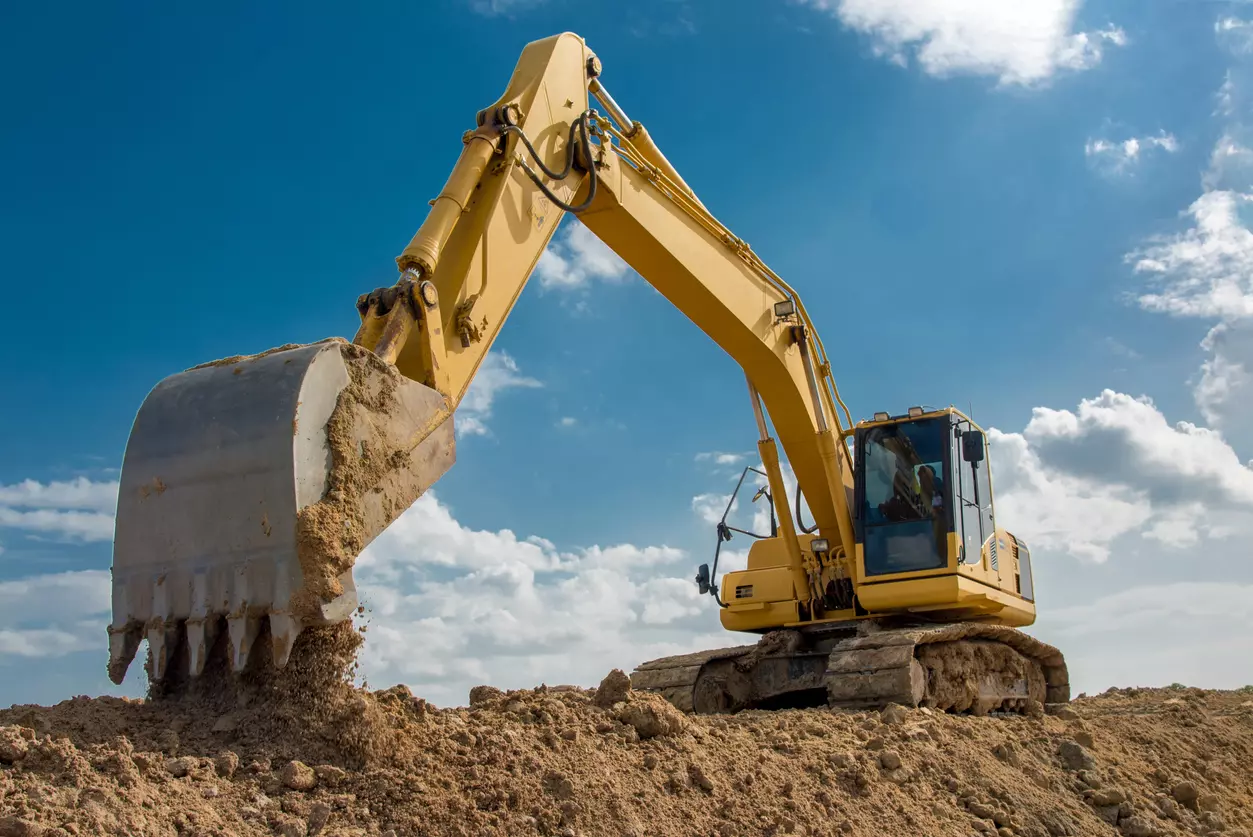In the realm of construction, the use of heavy equipment stands as a testament to human innovation and capability. These powerful machines have become the backbone of the industry, revolutionizing the way structures are built and reshaping the landscape of modern infrastructure. Their multifaceted utility, spanning from excavation to lifting and transportation, has made them indispensable assets in the construction domain.
Evolution of Heavy Equipment
The journey of heavy equipment dates back centuries, evolving from rudimentary tools to sophisticated, technologically advanced machinery. From the invention of the wheel to the advent of steam-powered engines, the progression of heavy equipment has been marked by ingenuity and a perpetual quest for efficiency. Today, these machines are a fusion of cutting-edge engineering and digital prowess, enhancing precision and productivity in construction projects.
Types and Applications
Excavators, bulldozers, cranes, dump trucks, and an array of other specialized heavy equipment serve distinct purposes on construction sites. Excavators, equipped with hydraulic systems and attachments, excel in digging, trenching, and demolition. Bulldozers, with there immense pushing power, shape landscapes and clear debris efficiently. Cranes, the quintessential symbol of construction, lift and place heavy materials with finesse, while dump trucks ensure swift and safe material transportation.
Efficiency and Productivity Boost
The integration of heavy equipment in construction operations elevates efficiency and productivity to unprecedented levels. Tasks that once demanded extensive manual labor and time-consuming efforts are now completed swiftly and accurately, thanks to the sheer power and precision of these machines. This efficiency not only expedites project timelines but also minimizes labor requirements, optimizing resource allocation for enhanced cost-effectiveness.
Safety and Precision Engineering
Beyond their sheer might, heavy equipment embodies a commitment to safety and precision engineering. Advanced safety features, ergonomic designs, and automated systems mitigate risks and ensure a secure working environment for construction personnel. Moreover, the precision offered by these machines minimizes errors, leading to immaculately executed construction projects that adhere to stringent quality standards.
Environmental Considerations
In the wake of environmental consiciousness, the construction industry has embraced advancements to mitigate the ecological impact of heavy equipment. Innovations in engine technology, such as emission-reducing systems and fuel efficiency enhancements, strive to minimize carbon footprints. Additionally, the development of electric and hybrid-powered heavy equipment paves the way for a more sustainable future in construction.
Training and Skill Development
Operating heavy equipment necessitates specialized skills and expertise. Training programs and certifications empower operators with the knowledge to handle these machines adeptly, ensuring optimal performance and safety standards. Investing in skill development not only enhances operational proficiency but also contributes to a safer working environment.
Conclusion
The ubiquity and significance of heavy equipment in construction are undeniable. From accelerating project timelines to ensuring precision and safty, these machines stand as pillars of modern construction practices. As technology continues to advance, the evolution of heavy equipment promises further enhancements in efficiency, sustainability, and safety across construction sites worldwide.










